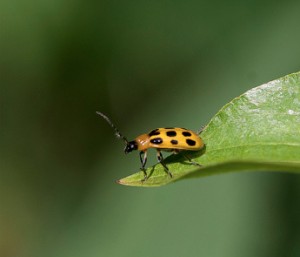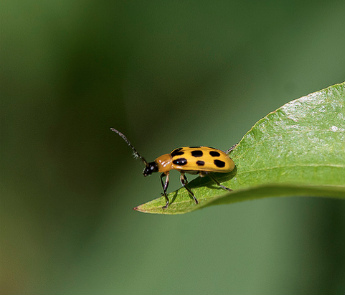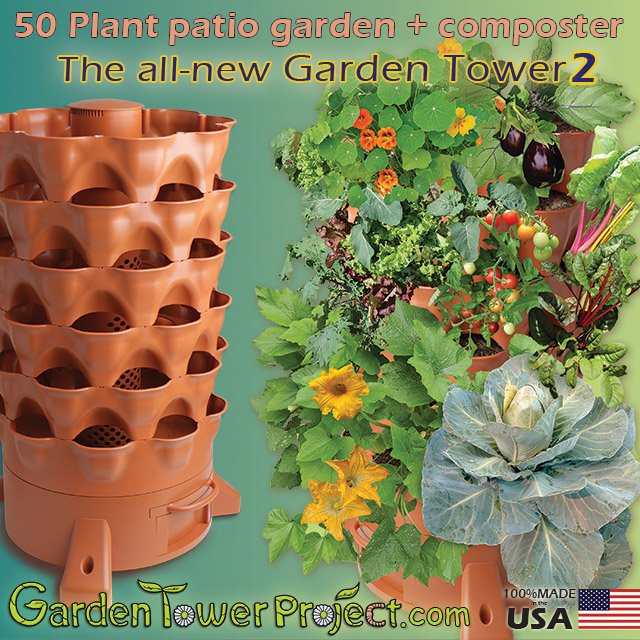
This is a compiled list of bugs we may not want around, along with essential oils that will repel them, and herbs that you can companion plant into your garden to repel these insects. I personally tend to keep onions, garlic, calendula and basil in my garden beds to repel the most common buggies, with mints, yarrow and lavender close at hand.
Insect
Repelling Essential Oils
Repelling Herbs
Ants
Cinnamon, Citronella, Citrus (any), Clove, Eucalyptus, Peppermint, Spearmint, Tansy
Bay, Calendula, Mint (any), Hyssop, Lavender, Marigold, Rue, Sage, Tansy, Woormwood, Yarrow
Aphids
Cedarwood, Lemon, Peppermint, Spearmint
Garlic, Onions, Chives, Coriander, Hyssop
Asparagus Beetle
Peppermint
Marigold, Petunia, Parsley, Garlic
Bean Beetle
Peppermint, Thyme
Marigold, Nasturtium, Rosemary
Cabbage Root Fly
Hyssop, Peppermint, Rosemary, Sage, Thyme
Peppermint, Rosemary, Sage, Thyme
Cabbage Worms
Eucalyptus, Thyme
Coffee grounds, Borage, Clover, Geranium, Thyme
Carrot Fly
Rosemary, Sage
Rosemary, Sage, Leeks, Garlic
Caterpillars
Peppermint, Spearmint
Garlic, Onions, Chives, Leeks
Cutworm
Sage, Thyme
Coffee Grounds, Egg Shells,
Flea Beetle
Lavender, Lemongrass, Peppermint, Spearmint
Catmint, Mint(s)
Fleas
Citronella, Lavender, Lemongrass, Peppermint
Lavender, Mint, Pennyroyal (toxic to cats)
Flies
Citronella, Lavender, Peppermint
Basil, Rue, Rhubarb
Gnats
Citronella, Patchoulli, Spearmint
Geranium, Lemon Thyme, Lavender, Mexican Marigold (Tagetes minuta)
Grass Hoppers
Cilantro
Horehound, Calendula, Cilantro, Garlic Oil, Clover
Lice
Cedarwood,Lavender, Melaleuca, Peppermint, Rosemary, Spearmint,Thyme
Rosemary, Lavender, Thyme
Leaf Miners
Melaleuca, Cinnamon Leaf
Garlic
Mosquitos
Citronella, lavender, lemongrass, Terrashield
Basil, Rosemary
Nematodes
Sage, Citronella
Marigold, Chrysanthemum, Dahlia
Potato Bugs
Catnip, Coriander
Horehound, Horseraddish, Calendula, Cilantro, Garlic Oil, Clover, Marigold
Slugs
Anise, Cedarwood, Pine, Rue
Woormwood, Rue, Fennel, Anise, Rosemary, Chevril
Snails
Cedarwood, Garlic, Patchouli, Pine, Rue
Coffee Grounds, Egg Shells, Crushed Nut Shells
Squash Bugs
Basil, Eucalyptus, Peppermint, Orange, Lemongrass
Cloves, Onions, Garlic, Nasturtium, Raddish, Cilantro, Lemongrass, Sage
Ticks
Citronella, Lemongrass, Thyme, Sage
Lavender
Tomato Hornworm
Peppermint
Borage, Garlic Oil, Pot Marigold, Petunia
Weevils
Cedarwood, Patchouli
Catnip
White Fly
Lavender, Sage, Tansy
Nasturtium
White Moth
Sage, Rosemary, Mint, Oregano, Thyme
Hyssop, Mint, Oregano, Rosemary, Sage, Tansy, Thyme
Wooly Aphids
Patchouli, Pine, Sandalwood
How to use the essential oils
Using essential oils in the garden takes some discretion. Don’t just dump undiluted essential oils in your soil and expect good things to happen. Sure it will repel those moths, but it will also damage your soil composition where the undiluted oil is. Instead, get some scrap cloth and tie it to a lattice, or a strong stocked plant in your garden like broccoli, fava beans, corn, or sunflowers. On the piece of cloth dab a drop or two of your oil blend of choice. Re-apply every 3 days or after a rain storm.
You can also put 10-15 drops of your essential oil blend into a spray bottle with 2 cups of water. Shake the bottle very well right before use (the oil floats to the top) and spray your plants on the top and bottom of the leaves to repel those pesky insects.
You can place cotton balls with a few drops of your EO solution on it throughout your garden.
How to use herbs to repel insects
This is my first line of defense for pest prevention. Instead of planting rows of food I disburse plants that need different resources and different parts of the ground so the bugs can’t just swarm my garden. For example, in one plot I will plant corn at the back, while the corn is growing I will then plant beans. The beans can climb up the corn and protect the stocks. I also plant squash at the base of the corn and peas. This will create ground cover and keep the roots cool. Between these rows of “three sisters” I plant garlic, onions, and radish, which repel the common bugs that eat squash, beans, and corn. This creates a bio-diverse garden that uses both vertical garden methods, traditional knowledge (the three sisters is how native Americans grew their corn fields), and uses different soil depths. The radish digs deep into the soil loosening it and allowing water to reach deep into the ground, the onions and garlic have a medium depth root that will expand and utilize ground that the squash, beans, and corn will not.
By creating a more bio-diverse garden we will attract beneficial insects and animals that will help keep our pests at bay. I got this inspiration from the book Gaia’s Garden, Second Edition: A Guide to Home-Scale Permaculture Reclaiming Domesticity from a Consumer Culture (affiliate link) , which is a wonderful permaculture resource, but has some fantastic ideas on annual food gardens as well.
You can create any combination of companion plants that will complement each other following some general guidelines. Mother Earth News wrote a great piece on companion planting here.
What are your favorite tricks to get rid of unwanted pests in your garden?
Source: Natural Living Mama
What do you think? Leave a comment below!


